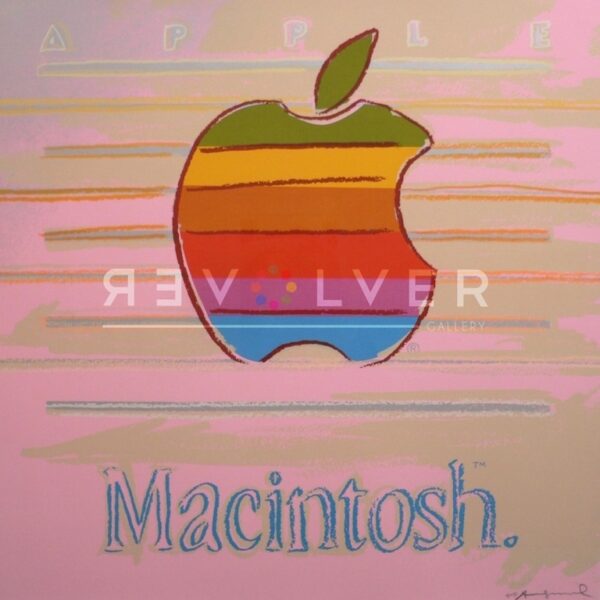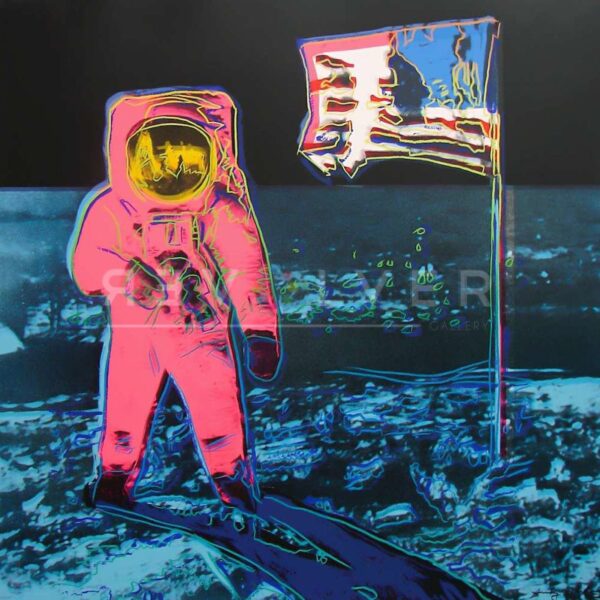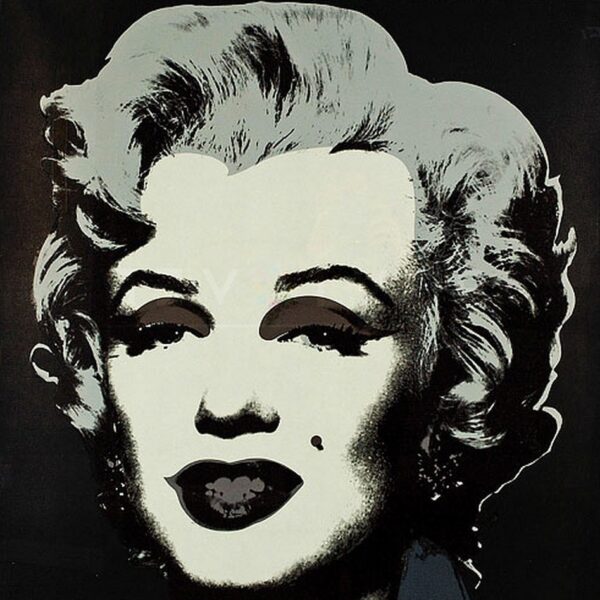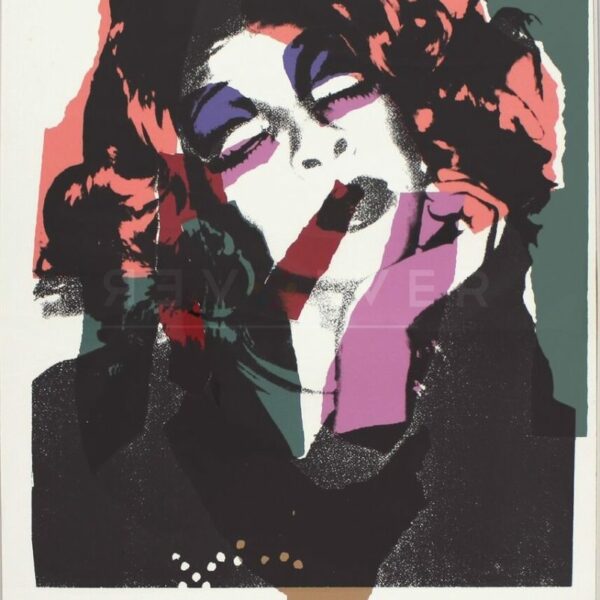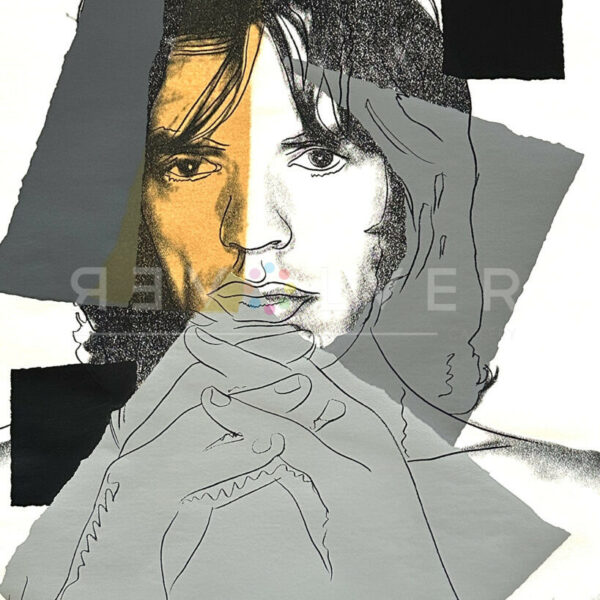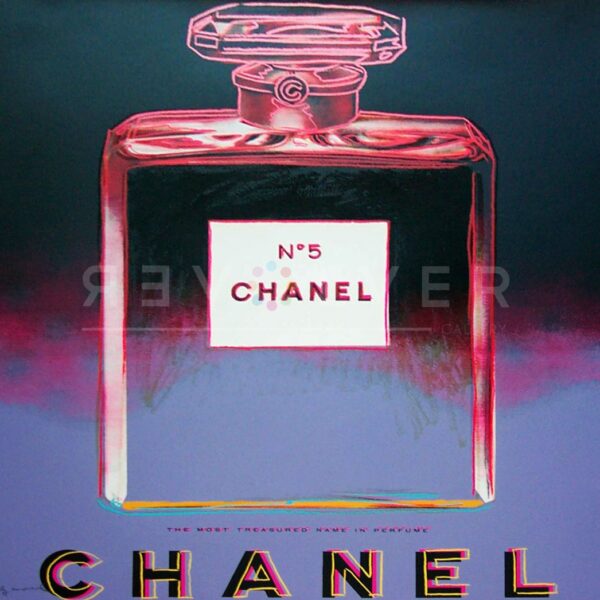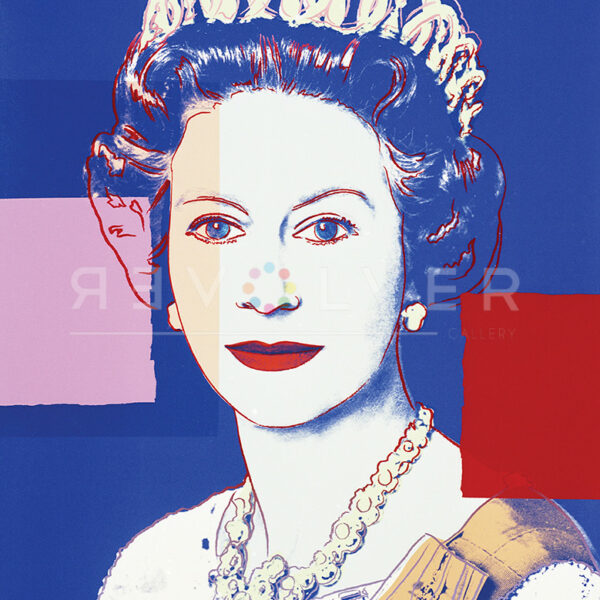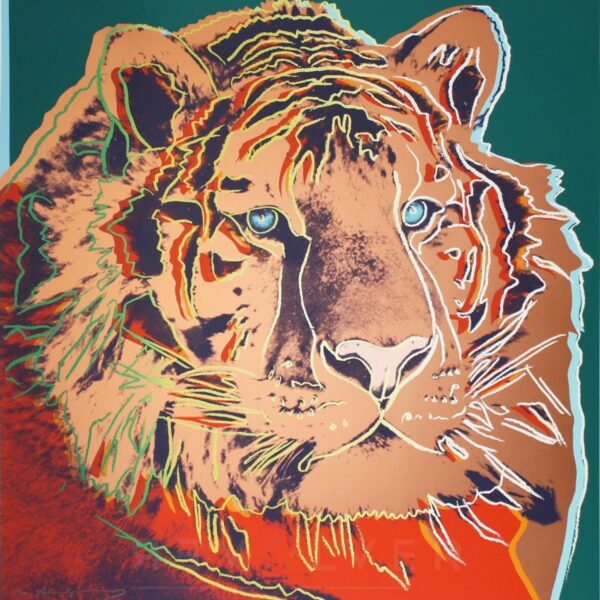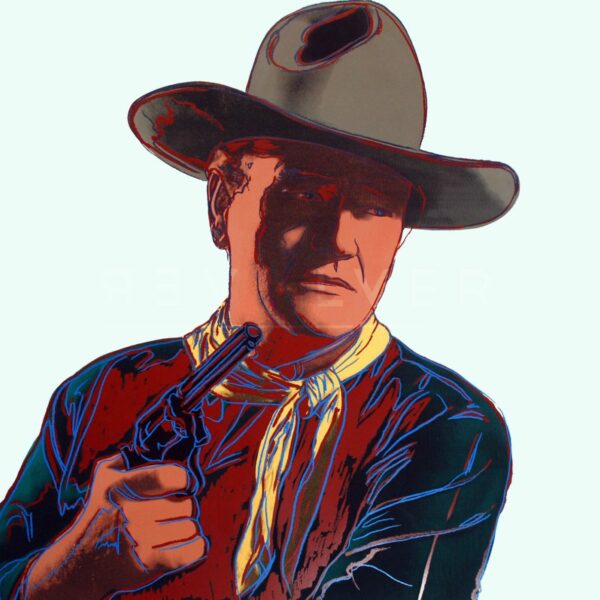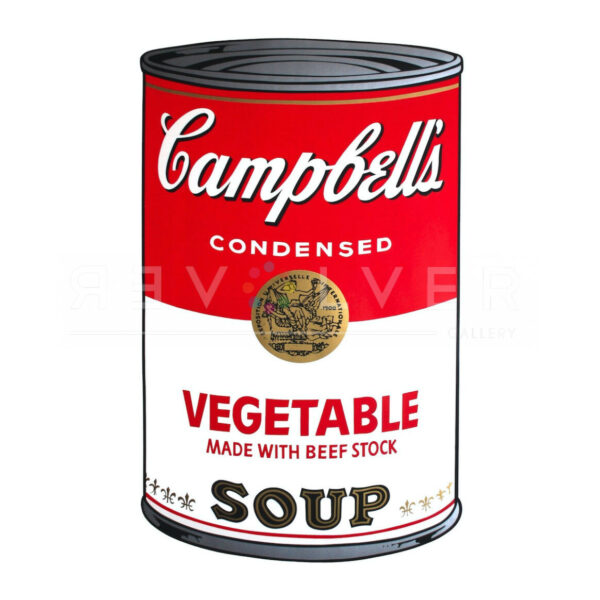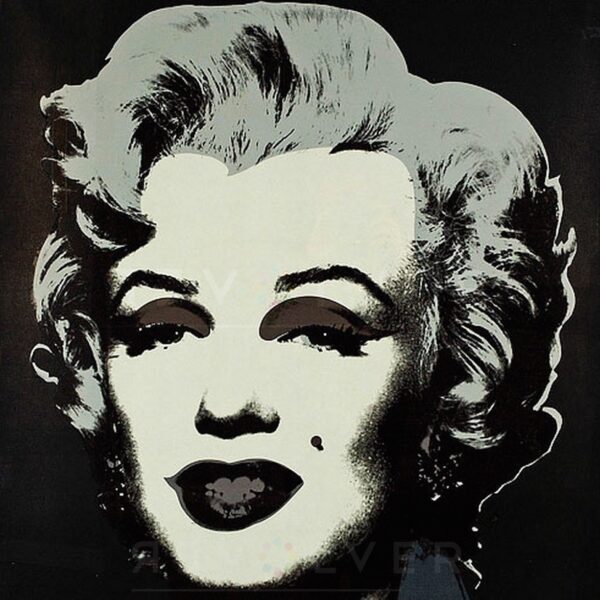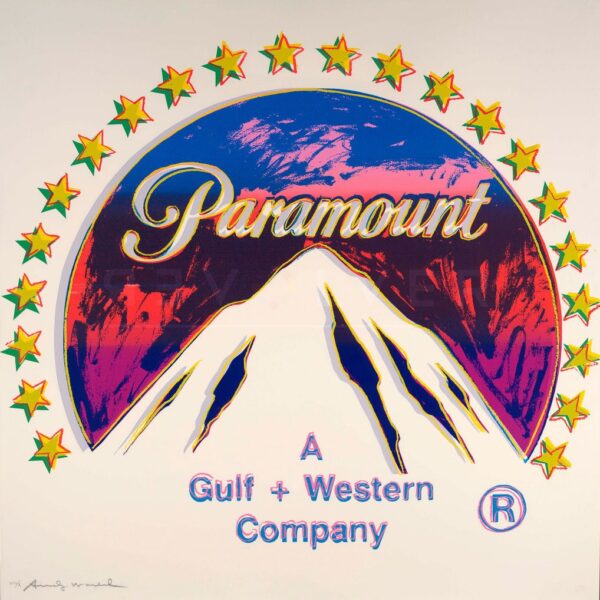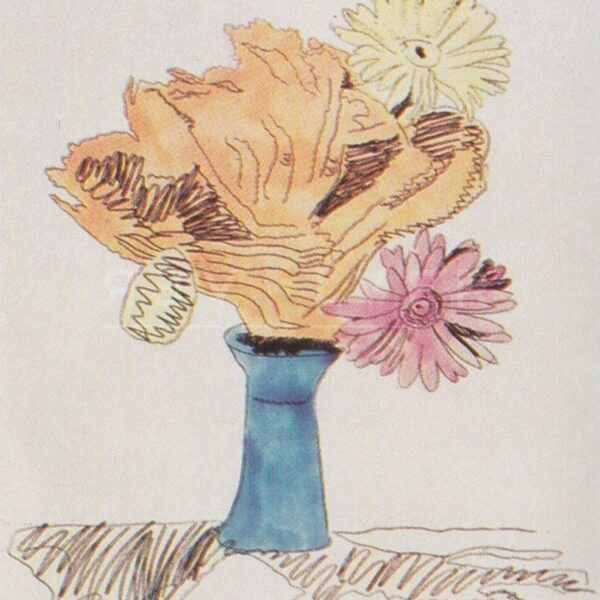Print Portfolio Performance 2000-2022
Home ▸ The Warhol Market ▸ Recent Trends ▸ Print Portfolio Performance 2000-2022
Note: for the most updated 2023 Warhol market data, click here.
As Warhol’s painting underwent a period of transition from the mid-60s through the early ‘70s, he began creating prints on paper to accompany his canvas masterpieces. In most cases, the prints were iterations of the paintings, capturing their essence while remaining distinct from them.
In rapid succession, Warhol created print portfolios of Marilyn Monroe (1967), Flash – November 22, 1963 (1968), Campbell’s Soup (1968-69), Flowers (1970), Electric Chairs (1971), Sunset (1972), and Mao (1972). Warhol’s portfolio print-making then waned in the ‘70s before returning in full force in the mid-’80s. About half of his portfolios were created in the last six years of his career.
Warhol portfolios comprise between two and sixteen images, which he intended to be displayed together. Larger portfolios, however, are cumbersome and presented relative difficulty to display. A single print from the Myths or Endangered Species portfolios measures thirty-eight inches on each side, capable of visually filling a wall on its own. Their size made whole portfolios nearly impossible to display in their entirety in a typical residential room in the ‘60s and ‘70s—especially in New York City and other big cities in which Warhol’s collector base was concentrated.
As a result, the portfolios were slowly broken up and sold as individual prints. Few portfolios remain intact, and they have become so rare that some larger portfolios do not come up for sale for years a time. Between 2000–2022, approximately 590 complete Warhol portfolios were sold publicly. Assuming private sales are equal to public, that is an average of only about fifty portfolios available for purchase per year.
As portfolios have become rarer, both living spaces and museums have grown larger, increasing demand for artwork that can fill those spaces. Additionally, more private owners, gallerists, and exhibitors can afford to purchase portfolios than could forty years ago. This imbalance between supply and demand has led to a swift, steady rise in the value of nearly all portfolios, far faster than that of individual prints. In 2000, the average sales price of a portfolio was $29,000; in 2022, it was $486,000.
Prints are now going for above early portfolio prices, and print portfolios are selling for above old painting prices. For example, in the early 2000s, a Campbell’s Soup I portfolio would sell for about $75,000. In 2022, that was the cost of a single print, and the portfolio sold for $1,260,000. Additionally, portfolios have become worth more than the sum of their parts. For example, the average sales price of a single print in 2022 from Cowboys and Indians was $29,600; the three portfolios that were transacted publicly in 2022 sold for an average of $608,000, or more than twice as much per print.
The following sections outline the performance of the Warhol portfolio market since 2000 and 2021-2022. Only twenty-five portfolios have had ten or more sales since 2000; those portfolios were used to calculate top returns. Where portfolios did not have sales in a given year, appreciation was calculated based on the performance of the overall portfolio market using the first sale of that portfolio after 2000 and the most recent sale at the time of publication.
Portfolio Sales and Performance 2021-2022
The overall excess market supply caused by the exceptional returns of 2021 caused the Warhol portfolio market to cool off in 2022. More than 60 percent of portfolios experienced double-digit year-over-year declines. The market tolerated the supply shock surprisingly well, however, and a few portfolios experienced significant gains.
Our 2022 Print Market Report predicted that Ads would likely be one of the most valuable Warhol portfolios the next time it sold. For the first time in seven years, an Ads portfolio hit the market in 2022. Pent-up demand pushed the price up to nearly three times its last sale, the highest ever for the portfolio. That made Ads the top-performing Warhol portfolio in 2022, with a year-over-year gain of 58 percent. The fitting subject proved the reliable appreciation of Warhol’s core work: commercialism as art.
Last year’s report also predicted that the number of portfolios sold would rise in 2023, following a sharp uptick in valuations in 2022. In fact, nearly three times as many portfolios sold in 2022 as in 2021; sixty public sales beat the previous record, set in 2015, by more than 30 percent. The number of sales is likely to remain steady in 2023, as the overall market has declined sufficiently to make profit-taking less appealing.
Portfolio Sales by Year
Total portfolio revenue increased as well, setting a new record of nearly $30 million. At the end of 2021, it remained unclear whether the high sales and valuations were only making up for the depressed sales of 2020. In both volume and dollar amount, 2022 proved that momentum across the entire portfolio market continues to grow stronger each year.
With investors seeking to capitalize on high valuations, several portfolios that had not been sold publicly in several years came onto the market. Mao saw its first public sales since 2016, and Ads its first public sale since 2015. The $ (Quadrant) portfolio sold for the first time in fifteen years; two Hors Commerce $ (Quadrant) portfolios sold, both from a collector who received them directly from Andy Warhol.
The common theme in 2022 was investors looking for accessible Warhol portfolios, even if that meant that they were less well-known subjects. That resulted in Saint Apollonia, Martha Graham, and Kiku tying for most sales, each selling four portfolios in 2022. The average sales price of these three portfolios was about one-sixth that of the average portfolio.
Only three portfolios with more than ten sales since 2000 did not sell in 2022: Love, Camouflage, and Flowers (Hand-Colored). It has now been ten years since a Flowers (Hand-Colored) portfolio sold. Pent-up demand could mean a far-above-market sales price when it finally comes up for sale.
Total Portfolio Revenue by Year
Top 5 Portfolios by Appreciation 2021-2022
The Year of Marilyn
The Marilyn portfolio barely beat last year’s record, held by Endangered Species, for most valuable Warhol portfolio. Three Marilyn portfolios sold in 2022, tying with 2015 for most sales in a single year—likely prompted in part by the sale of a Warhol Marilyn painting as the most expensive 20th-century painting ever sold. Those three portfolios are the top three Warhol portfolios by public sales price in 2022, and their average sales price is more than twice that of the next portfolio.
Marilyns are so highly valued in the Warhol oeuvre that they comprise twelve of the fifteen most valuable portfolios ever sold; the other three are all Endangered Species prints. The Marilyn and Endangered Species sales propelled the average price of the top three Warhol portfolios to a new record, breaking the previous high (set in 2021) and nearly topping $3.5 million.
Top 5 Portfolios by Public Sales Price 2022
Portfolio Sales and Performance 2000-2022
Since 2000, the median Warhol portfolio sale price has displayed a steady upward trajectory, with brief periods of pullback in 2009, 2017, and 2022. In 2020, the high end of the market lost its typical premium, sagging toward the median sale price. It regained the disparity in 2021 and 2022, even as the median and minimum portfolio sale price dropped. If the United States enters a recession in 2023, look for a pullback in the maximum portfolio price similar to those seen in 2009 and 2020.
The average return across the top ten portfolios since 2000 is 3,054 percent. Camouflage and Mao dropped out of the top ten in 2022. Mao demonstrated a weak performance on its return to market, dropping by 35 percent from its last public sale. Replacing those two portfolios were Ads, with nearly triple its last public sales price, and Marilyn.
Three of the top ten performers are Warhol’s three iconic ‘80s portfolios: Endangered Species, Ads, and Cowboys and Indians. Those portfolios had a combined total of only four sales from 2016–2020. That pent-up demand is now causing higher valuations; Cowboys and Indians rose four places from last year’s rankings, to third place. Ads was not in the top fifteen last year, but is now ninth.
The performance of the top ten portfolios over the past twenty-three years demonstrates Warhol’s extraordinary talent for selecting images with enduring value. Many of these portfolios represent universal, timeless themes that have completely permeated popular culture. Some were introduced by Warhol (as Camouflage), some were him latching onto the zeitgeist (as Muhammad Ali), and some were Warhol seeing into the future (as Endangered Species). All have retained their relevance for nearly a half-century, and promise to be relevant for the generation to come.

